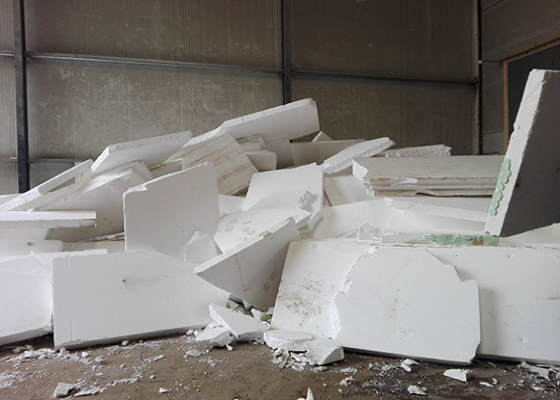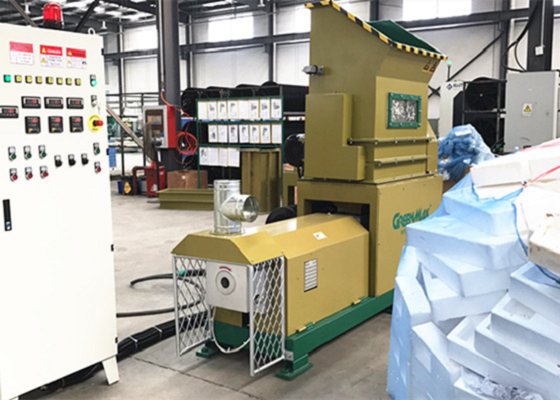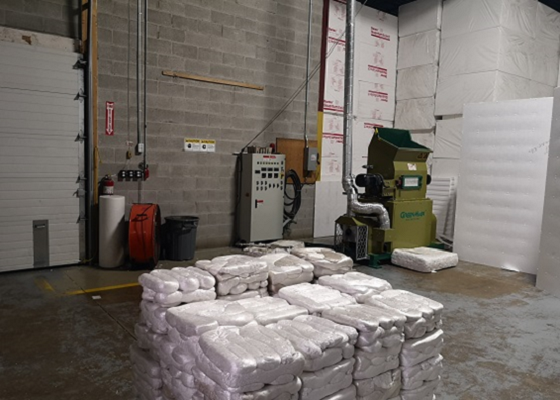Foam densifier can help Maine efficiently solve the difficulty of recycling construction waste in landfills
In the lists of proposed bills from this (192nd) legislative session, and from past sessions, Maine decided to close a local landfill and deny landfill services for construction waste generated in Massachusetts because every year 200,000 tons of construction waste has taken up most of the landfill in Maine, and the state will later refuse deliveries from other states to save landfill space. How to deal with construction waste in Massachusetts?

A large part of construction waste is foam. For example, EPS foam and XPS foam are two very common construction wastes. These two types of foam are often used as a mix with cement which results in the use of thermal insulation boards in buildings. Therefore, it is not unreasonable for people to complain that construction waste accounts for a large area, because most of the foam in the building materials is in a state of expansion, and it contains 98% of the air, so it will occupy a lot of landfill sites. So is there any way to reduce its volume before landfill to achieve the purpose of reducing the footprint? Or, is there a way to not only help waste foam reduce its volume but even be recycled to re-realize the residual value of foam?

This kind of idea is no longer an unrealistic dream, and it can be realized by using a foam densifier. A foam densifier is specially designed to solve the problem that bulky foam is difficult to store and recycle. First, the waste foam building material is cut into pieces of uniform size through the crushing bin of the machine, and the volume of waste foam has been reduced in the process. Then through a hot-melting device, waste foam is instantly melted into a liquid-like gel and then extruded by a screw. With a foam densifier, waste foam can be compressed to 1/90 of its original volume. Maine can Easily solve the problem of insufficient landfill sites.

To be honest, for the sake of building safety, many foam building materials will add a certain content of flame retardants. If too many flame retardants are added, or the surface of the foam contains too much sediment, there is generally no way to reuse them. This type of waste foam can only be compressed through a foam densifier and then landfilled to save land resources. But if the amount of flame retardant contained is not high enough to meet the standard of use, then the foam ingots compressed by the foam densifier can be sold for a good price! These foams will be recycled. GREENMAX not only provides a high-end foam densifier, but also repurchases foam for the production of environmentally friendly frame strips, which not only helps to solve the problem of land resources but also helps to solve the problem of white pollution.
The study should also include, the senator says, searching for grant programs specifically addressing recycling issues, finding existing and new technologies to facilitate recycling and whether there is a need for new infrastructure for recycling programs. That's right, in fact, a considerable part of the waste foam building materials that are landfilled can be recycled, which will also bring good economic benefits to various states in the United States and form a benign recycling industry chain. Therefore, whether it is simply to reduce the volume of foam to save landfill space, or to reuse foam to form an economic closed loop, GREENMAX foam densifier is a very good choice!
